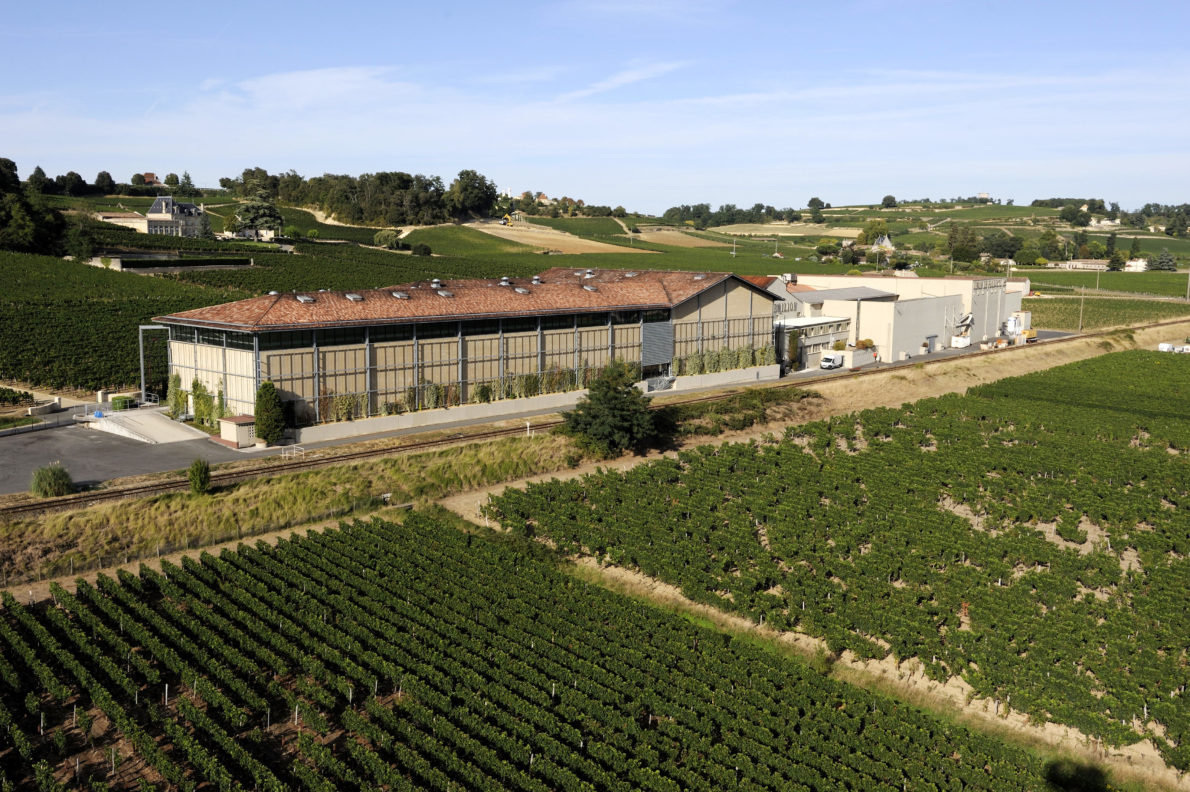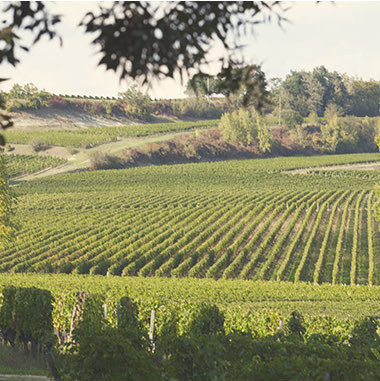Certain functionalities of this site (sharing of content on social networks, statistics, customizations...) are based on services offered by third-party sites. These features deposit cookies allowing these sites to track your browsing. These cookies are only deposited if you agree.
You can inform yourself about the nature of the cookies deposited, accept them or refuse them either globally for the whole site and the whole service, or service by service.
Preferences for all services
Necessary
The necessary cookies allow the site to function properly.
Accepted
Personalisation
Accept personalization cookies to allow us to track your browsing to help us offer you offers and services that best meet your needs on our website and through our communications with you (by email, mail, call according to your preferences of contact).
Analytics
Accept statistics cookies to allow us to track the traffic of our website and help us improve the quality of our services.
Socials
Accept social network cookies appearing on social network buttons or modules from third-party social network. They allow you to use the functionality of these networks, especially to share content with other people.



